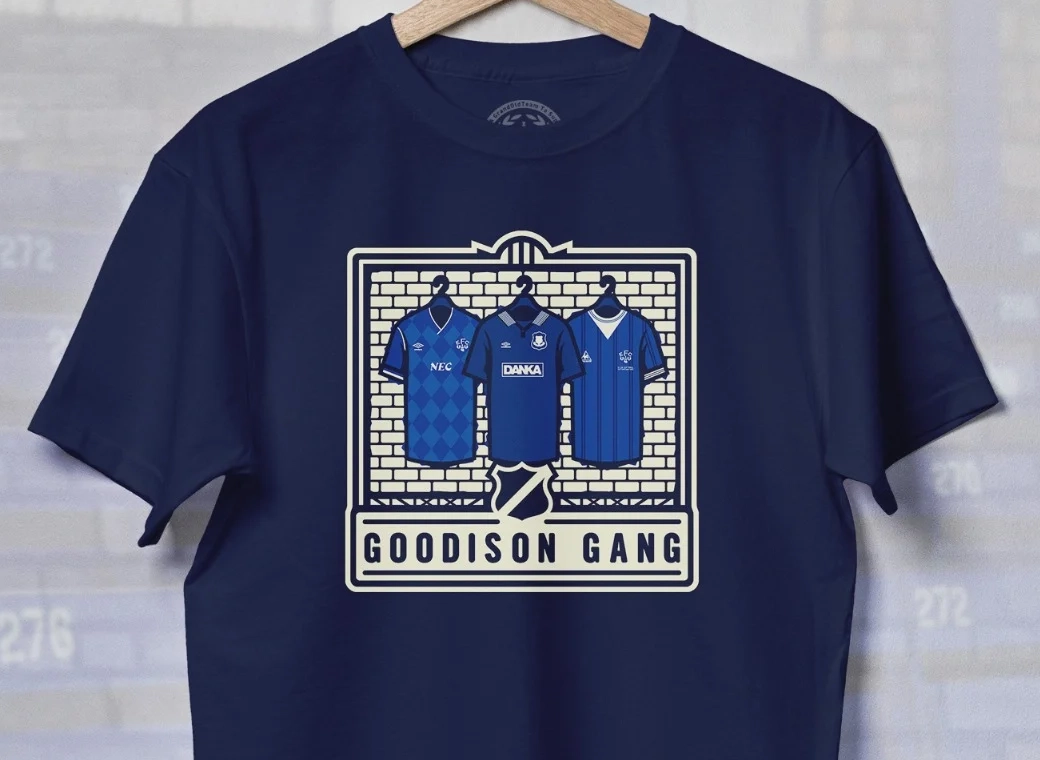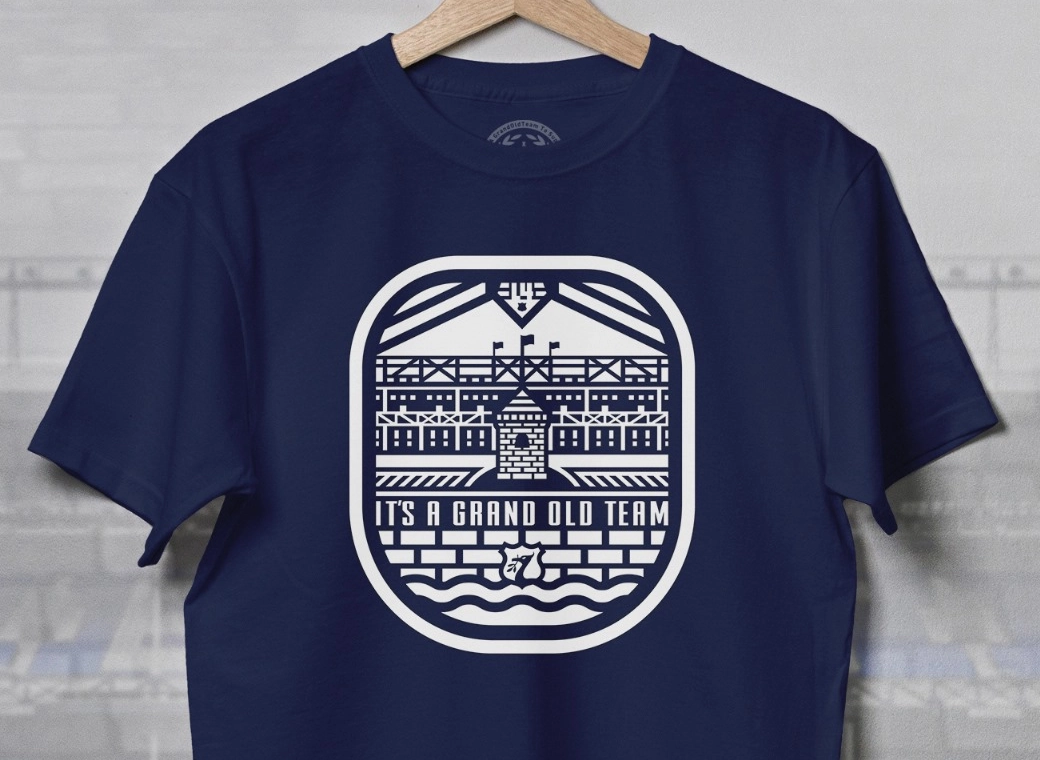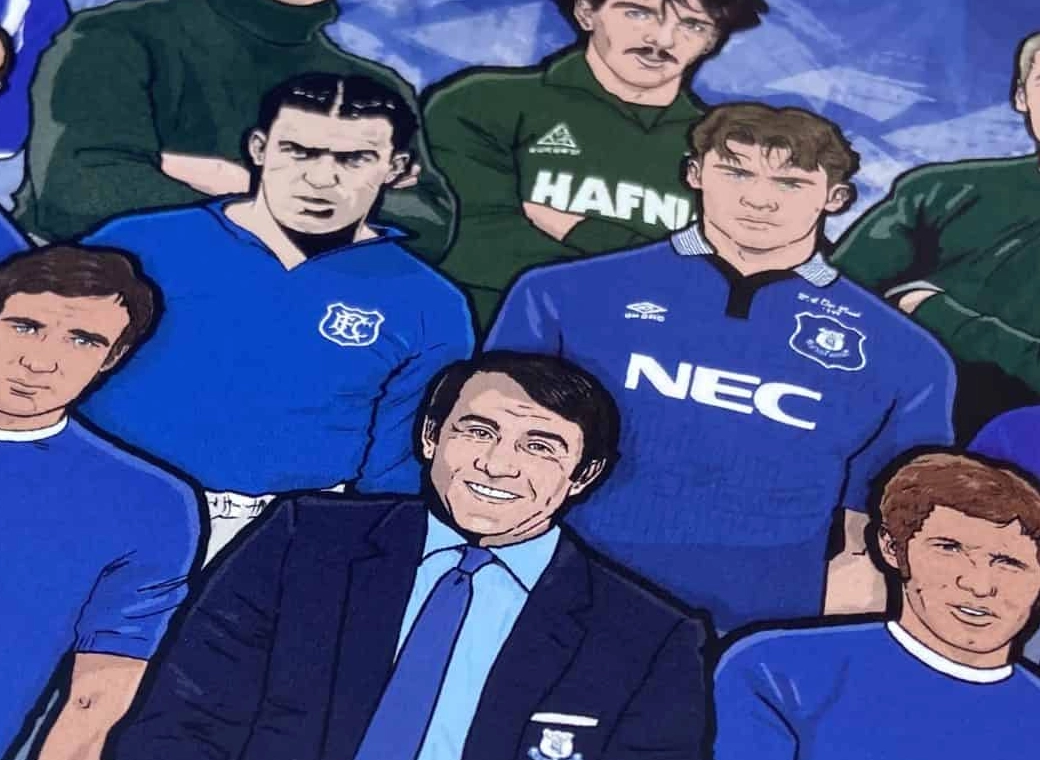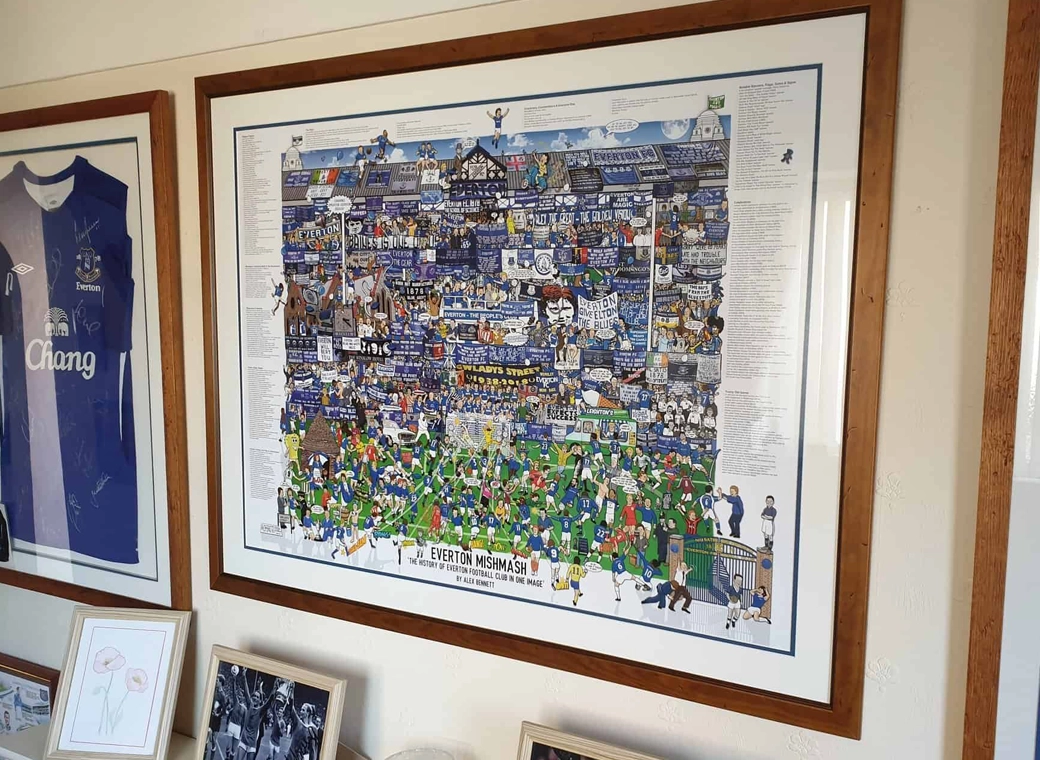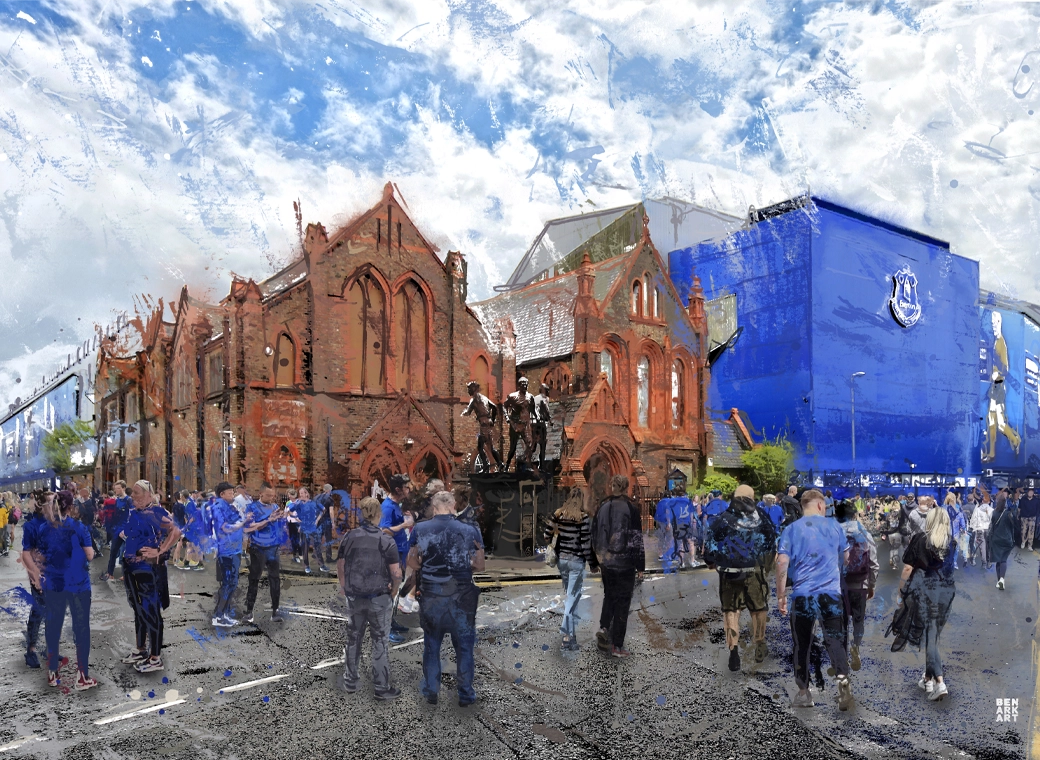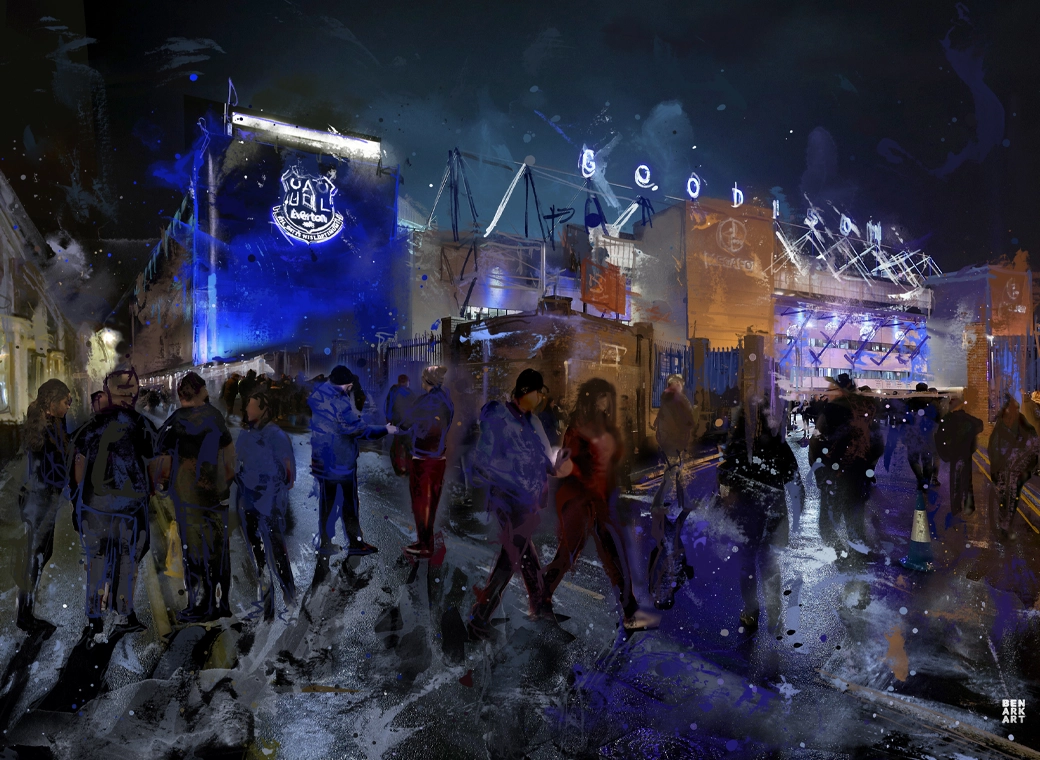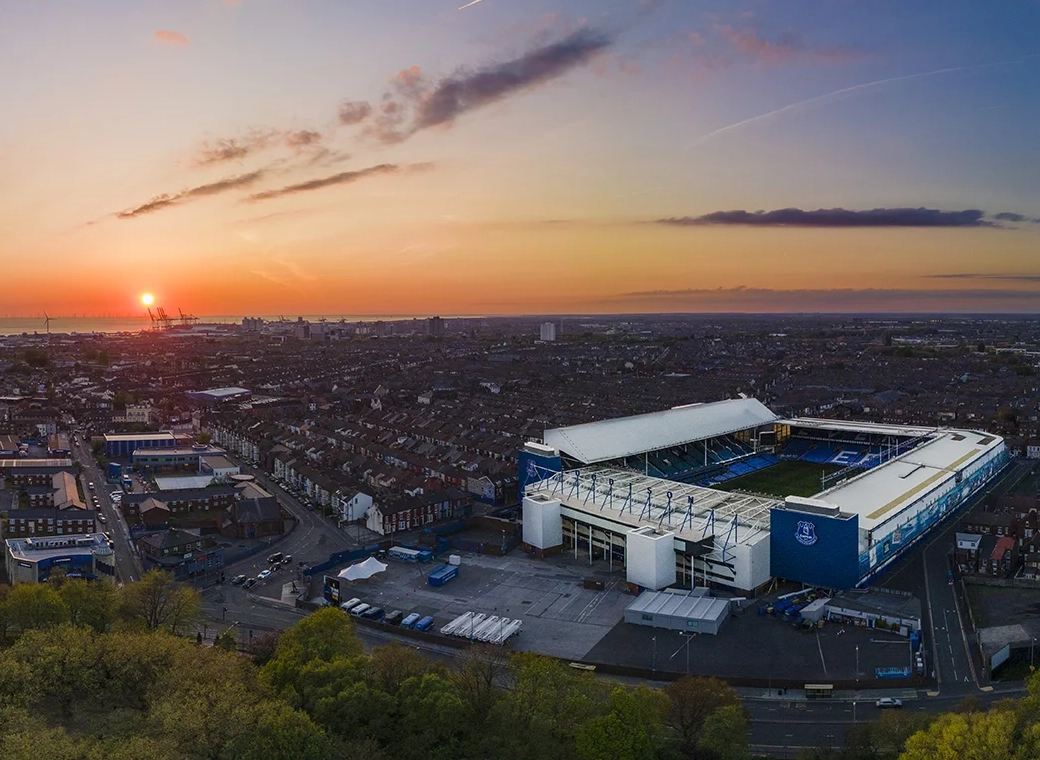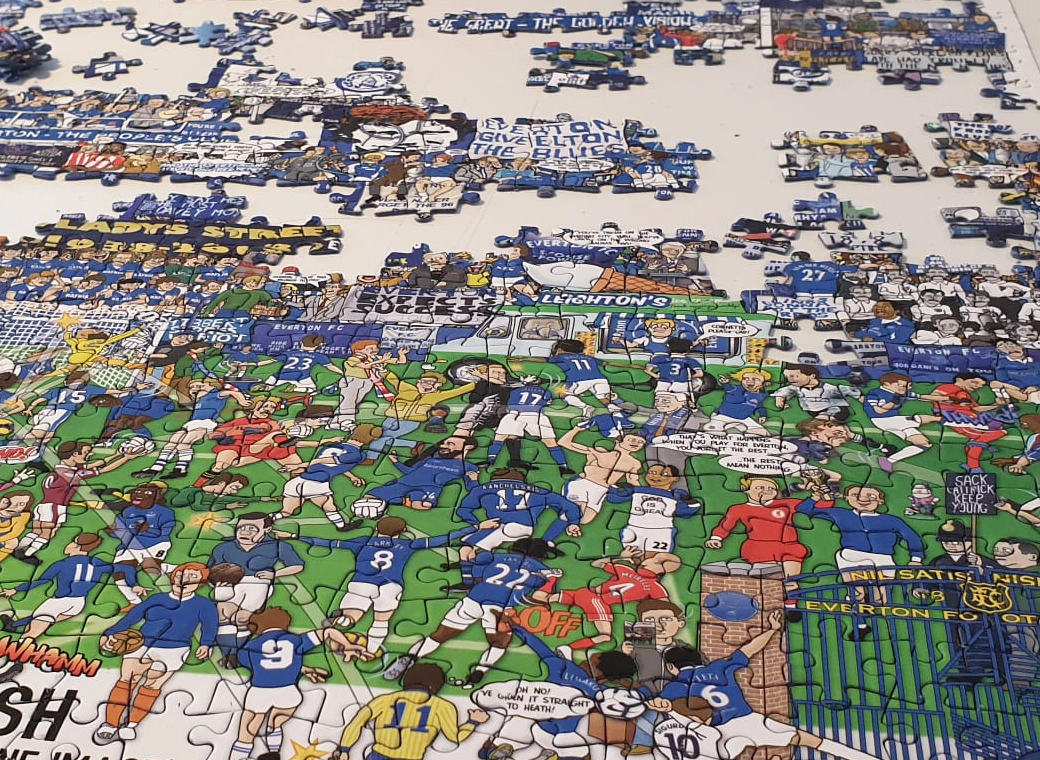Thats the short answer, hes utterly dreamy.
Heres the long answer.
Hidden from the chaos of summer–Who’s going where, leaving where? Where is up, where is down?–is Paulo Fonseca. Fonseca, the current manager of Shakhtar Donetsk, was briefly linked in speculation to potential managerial vacancies at
PSG and
Monaco (Unai Emery and Leonardo Jardim’s futures at their respective clubs were in doubt as recently as last month). Since I can’t attest to the veracity of Portuguese sports media, it would’ve been easy to shrug off these lingering rumors, but they still provoked curiosity. Maybe it’s the name. “Paulo Fonseca” has a charming and illustrious ring to it: it unfolds neatly, in five syllables, off the tongue. Maybe it’s that he’s young (44), good-looking. Maybe it’s that he’s Portuguese–he was born in Mozambique two years prior to its liberation from Portugal. The recent track record of success by Portuguese managers has been duplicated or surpassed only by Italians. I was unfamiliar with Fonseca’s work at Shakhtar and his work before his appointment in 2016–if PSG or Monaco are familiar, it must be good.
It is.
Fonseca’s Shakhtar have romped their way to their first domestic double since 2012-13; their Premier League title was their tenth in history, all of which have come in the current millennium as a result of increased investment from oligarch Rinat Akhmetov. The irony of “new money” in football is that it would in theory increase competition, but in reality, it only widens competitive gaps already in place and deepens the disparity between big and small clubs, creating a small consortium of gilded clubs who compete among each other for all the honors, while the others compete for scraps. These days you’re a super club or you might as well be nothing; in Ukraine, you could argue there’s only one super club, and it’s Shakhtar. With a super club comes super expectations that warrant satisfaction. In year one of Fonseca, they’ve satisfied plenty. Fonesca has met the expectations of greatness set for him by the club’s longtime manager Mircea Lucescu, and he hasn’t let the legacy of such a towering figure cast a shadow over him. The triumph of his first year at Shakhtar may prove to be a major step forward for him after floundering at Porto, one of the “big three” in Portugal. The Porto job was Fonseca’s leap into the limelight of Portuguese football after he guided Paços de Ferreira to their highest ever finish (third) in 2013-14–a leap followed by a fall from grace as he was sacked at Porto after one season. After Porto, he recovered marvelously at Braga, winning the Taça de Portugal in 2016–their first in half a century–finished fourth in the league, and made it to the quarterfinals of the Europa League. His stock had risen and was chosen by Ukraine’s super club as the man to succeed Lucescu. Shakhtar won’t regret the choice, and I’m sure Fonseca won’t either.
The numbers
For the football aesthete like myself, greater than the what is the how–the tactics that underline the success. Fonseca’s Shakhtar are effective, lethal–they also play in style. They’re attractive, expansive, and built to attack. Easy to watch, easy to understand, easy to appreciate. Numbers don’t tell the only story, but they’re one of many colors required to paint a full portrait of a team; in Shakhtar’s case, the numbers I’ve found attest to Fonseca’s success in terms of results as well as in terms of implementing his tactical ideas.
In the Premier League: 32 games. 25 wins, 5 draws, 2 losses. 66 goals (2.06 per game). 24 goals against (0.75 per game). Zero games in which they were held off the score sheet. The numbers indicate something close to a complete package: Efficiency, reliability, and a tad bit of flair tacked on. Given that the league is a two-team league (Dynamo Kyiv is the other financial heavyweight in Ukrainian football; culturally and historically, they far outweigh Shakhtar despite the latter’s newfound dominance), success comes with a fine grain of salt. After all, it’s Ukraine–it isn’t England or Spain, for example. But if a Fonseca team can do it on a snow-covered day in Kharkiv, wouldn’t they be able to do it on a rainy night in Stoke?
Looking at the stats for their eight Europa League games (from
WhoScored), they achieved a pass success of 84% (5th best in the Europa League; if weighed against teams in Champions League, that figure would be 11th best). While they were tied for 33rd in shots per game (11.3), roughly half of those (5.6) were on target—a number that puts them at 8th best in the Europa League and 4th best in the Champions League. Since they averaged 2.8 goals per game, half of all on target shots were goals. One thing this suggests more than anything else is efficiency: Although Shakhtar take less shots than many teams, they take better shots on average. They are good at taking their chances and, maybe most importantly, they are good at putting themselves in position to get quality chances, which I chalk up to Fonseca’s tactical approach.
So, what is Fonseca’s tactical approach? Nominally, they play a 4-2-3-1, creating a litany of passing options in the midfield and taking advantage of numerical overloads in the crucial middle third/borderline final third area. Stylistically, they play a high-possession, pass-heavy game. The idea behind possession-based football is simple: It all revolves around a ball. See more of the ball (raw possession), use the ball more (higher number of passes), use the ball more effectively/in more effective areas (higher pass % and access to the ball in middle and final thirds), and the rest (shots on target, goals) will come. Hence the common intersection of possession and pressing (which Shakhtar do): If you want the ball, you have to keep it away (and take it away) from the opposition.
With the ball, they take command of the game by advancing the play patiently out of the back via short passes in central areas (they averaged 473 short passes per game in the Europa League, accounting for 83% of their total pass activity). The full backs are pushed up high to provide an overlapping threat in the final third or to open space for an underlapping run from a midfield player; one of these players usually ends up cutting the ball back inside or crossing it to one of three or four players (namely Viktor Kovalenko, who plays as a shadow striker) attacking space in front of goal. The final phase of attack actually happens in bursts–slow strings of possession de-weaponize the opposition, drag them of their shape, and open crucial spaces for a final sprint towards goal, the denouement that brings conclusion to the attack. While they favor this kind of build-up structure, they are capable of breaking the lines through a quick succession of vertical passes using one of the pivots (namely Fred) or one of the center backs immediately after recycling the ball from the midfield to one of the center backs. During this phase, which almost resembles a reset, the opposition is most vulnerable as it’s when they momentarily relax or lose focus. The midfield pushes higher up and leaves space in front of the back line ripe for picking.
Attack: Triangles, zig-zags, the “decoy man”
Given the emphasis placed on possession and attack, Fonseca’s 4-2-3-1 has a number of important obligations in order to ensure its success. Since the full backs are pushed high up on the flanks without the ball, the two center backs need sufficient ball skills to satisfy the distribution and recycling demands I just described. The midfield pivots have two crucially different roles, each fundamental to the way Shakhtar form their attack. One pivot (usually Taras Stepanenko) lies deep in possession, nestled between the center backs as the main figure in the first stage of build up play. He stays back after the ball is advanced in order to provide coverage for the center backs in case of an opposition counterattack. The second pivot (Fred) acts as a box-to-box midfielder with the creative skill and positional awareness necessary to create space for himself and for others. Fred is often the man who helps give the attack its taste of variety: In addition to indirect build-up play, Shakhtar can also break the lines quickly through vertical passes using his off-the-ball movement. He moves towards the ball as a “decoy man,” drawing members of the opposition in to free space for a pass to teammate further away from the ball and further up the pitch:

Fred draws men in; one pass beats five defenders.
Or, he can directly contribute to attack as a passing target rather than a decoy.
From halfway line to goal in two passes. 1: Vertical pass to Fred. 2: Vertical pass to Kovalenko inside the box.
One pass takes out four men. The second takes out five and creates an opportunity for a shot on target.
Fred can also draw men in while on the ball, compromising the opposition’s shape and freeing space for passes and initiating goal-bound zig-zag passing patterns that Shakhtar frequently use:
In addition to and in conjunction with their use of the decoy man, Shakhtar maintain quality build-up positions by creating passing triangles.
Advanced build-up shape: Full backs up high without the ball; Taison interchanging with Fred in the midfield, Kovalenko drifting in and out of space. Triangles create nearby passing options and passing decoys.
Passing triangles are most valuable because of the numerous passing options they create for the man on the ball. By creating the space for passing options, you can manipulate the opposition into gifting you space as they attempt to compensate for the space they’ve already given you. In order to produce the most effective passing combinations, you need movement. Players need to move toward the ball and need to move away from the ball at the same time in order to draw opposition players toward the ball and away from players without the ball and in space to receive the ball. This is how space is created and exploited. Note how this occurs in one of Shakhtar’s best attacking sequences, utilizing triangles and zig-zag passing patterns against Celta Vigo, whose man-marking can be easily manipulated:


Here’s how the decoy man and passing triangles work with one another: When one player is on the ball, a second player moves close to the ball to create a simple and obvious passing lane. But this second player is just a decoy for another pass–when he moves close to the ball, a third player (the one who completes the triangle) moves away from the ball and into a more advanced position. Whereas the second player is the more safe passing target, he merely draws an opposing player or players in to vacate space for the third man. The decoy can work in the opposite way as well; if the player on the ball is pinned back and doesn’t have options, the second player can move away from the ball to vacate space near the ball and create easy access close to the ball for the third man.

This sequence unfolds in two parts. First, a passing triangle between Fred, Taison, and Marlos creates two immediate options for Fred on the ball after its won back. Marlos is the first decoy man out wide; Fred’s potential pass to Marlos draws a defender away from Taison, freeing space for the first pass. After completion of the first pass, Eduardo attacks space to create a new triangle between himself, Taison, and Marlos. Eduardo is the second decoy man, drawing the same defender back inside away from Marlos. This allows Taison to complete the second pass to Marlos, advancing the play out wide and towards goal.
Defense: Compactness, high line, pressing triggers
Defensively, Shakhtar try to catch the opposition in the same kind of traps that they avoid in attack. First, if the opposition gain the ball deep in their own half, they press in a 4-1-2-3 shape in a man-oriented fashion to prevent build-up play. The front three allow the center backs and goalkeeper to be pressed, leaving no options and forces a long ball in order to win it back in the air.
Man-oriented high press 1
Man-oriented high press 2
If the opposition are able to move the ball past the halfway line, Shakhtar drop into a compact yet fluid 4-4-2/4-3-3 shape. Despite dropping off, they still play with a high line, staying vertically and horizontally compact to constrict space and force play out wide to the flanks.
Positive effect of compactness and high line. Opposing forwards are offsides; options on the ball can be closed down immediately.
When playing a high line, communication among the defenders is absolutely vital to keep opposing forwards offside and play the offside trap when possible. One of the most unique features of this Shakhtar team is that they can be just as audacious in defense as they are in attack, like when they play the offside trap even if they’re just a few yards in front of their own area:
Offside trap 1
Offside trap 2
When play is forced out wide, this triggers Shakhtar’s second press. They shift defending players towards the ball in a man-oriented fashion (just like when they press up high) and pin the opposition against the touchline without clear passing options. The flank is where the opposition is most limited in space on the ball, thus where space is most easily compromised and where the ball is most winnable. This is why teams who build out of the back try to do so through central channels; space is simply too precarious out wide to start your build-up play there.
Shakhtar players oriented themselves to the ball in unison; they press opposition players against the flanks and push up the back line to increase vertical compactness.
Fred as the ‘spare man’ during the press who can recover ball and initiate attack.
Avoiding the trap
As important as it is to force the opposition to play into wide areas, it’s just as important for Shakhtar to avoid playing the ball out wide to the full backs too early in the build-up stage in attack. Full backs are most dangerous when they are positioned in advanced positions without the ball. It’s crucial to advance the ball through the center and through half-spaces while the full backs provide a threat out wide. You play centrally to eventually cut out wide, then to cut back in again in front of goal. If the full backs get the ball too early, there’s no real threat and your possession can then dictated by the opposition.
One way to avoid this, as Shakhtar illustrate, is to circulate the ball back to the center as soon as possible. A quick adjustment to the opposition’s adjustment can catch them while they’re vulnerable have too many players committed to the flank at once. Below, when Srna receives the ball just above the halfway line, three opposition players can push him against the touchline.
1: Srna passes back to center back to avoid press. 2: Stepanenko recovers ball. 3: Stepanenko finds Bernard in advanced position.
Once Srna distributes the ball back to the center back, they’re in prime position to break through the lines in just three passes. Stepanenko drops back to receive the ball from the center back and Kovalenko drifts into the open half-space. A triangle is formed between Stepanenko, Kovalenko, and Bernard.
As Stepanenko receives the ball, Kovalenko moves towards the ball and Bernard moves away from it, higher up the pitch. Kovalenko is the decoy man–he draws a player away from Bernard, leaving the vertical passing lane open. Note Srna is able to run in space on the flank when he doesn’t have the ball. He’s free to receive a pass just outside of the box as four players attack.
Another way to avoid an opposition’s pressing trap on the flank is through movement on-the-ball (dribbling) by the full back. Only a full back with the rare combination of vision, precise technical ability, and street smarts (experience) can pull this off. As more teams seek to manipulate space on the flanks when they defend, the full back could evolve into a more technically adept player comfortable playing in the half-spaces instead of exclusively out wide. The use of inverted full backs/wing backs can also be an effective way to combat these kind of wide pressing traps. If the full back is able to successfully dribble inside, this creates a numerical advantage in the half-space and center of the pitch. When combined with off-the-ball movement by nearby players, you see the creation of passing triangles and numerous hopeful options conducive to ball advancement.

When Srna cuts inside, Fred is the nearest passing option. The second passing option, Bernard, is moving farther away from the ball. Again, we see Shakhtar use a decoy man (Fred) for a first pass who then becomes the target of the second pass.
The opposing player in the half-space is drawn toward Fred and Srna simultaneously, opening just enough space for Fred to slide into for the return pass from Bernard. This highlights the effectiveness of the decoy as well as how effective inside movements with full backs can be. When they work, they work.
Below is another example of Srna dribbiling to beat the pressing trap, this time with the addition of numerous passing triangles and decoys wrapped up into one.
When Srna moves inside, Shakhtar have a 5 v 3 advantage. Srna has a number of options on the ball. He can play the safe ball to Stepanenko, or can immediately go for the jugular and advance the ball quickly by passing diagonally to Bernard or vertically to Marlos. If the pass and movement from Marlos are clever enough, he could even try a direct ball to Taison.
In the end, Stepanenko and Marlos both serve as decoy men, with the first pass in the attempted attacking sequence going to Bernard. Unfortunately for Shakhtar in this instance, Bernard misplays the first touch and the attack comes to naught. But you see the possibilities that can come when all the principles of Fonseca’s build-up play mesh together at once.
Conclusion
What Paulo Fonseca has achieved at Shakhtar in year one of tenure is no small feat despite being well out of the mainstream in European football. Shakhtar’s continental status is obviously relatively minute in comparison to their domestic status; for example, a mid-table side in England has greater value and prestige than the perennial top club in Ukraine due to the market gargantuan that is the Premier League. In recent years, they’ve become almost something of a feeder club for Big Four clubs (England, Spain, Germany, Italy) as the exodus of remarkable talent (Henrikh Mkhitaryian, Douglas Costa, Willian, and Fernandinho) to bigger clubs in bigger leagues has become routine. Despite the obvious negatives of such a reality, this situation also lends credibility to the Shakhtar name and tells you that good things always seem to emerge from the club. This of course bodes well for the future of Fonseca.
He’s under contract for one more season, and if Shakhtar manage to impress in the Champions League this fall–less in terms of results but more in terms of style, his résumé might get the boost it needs. I can think of a handful of clubs where he’d be a fit should the door pop open. A handful of clubs in dire need of help–not as dire as being in the middle of a warzone, no. Dire tactically, maybe–needing an injection of excitement. Needing ideas, needing style. Maybe where expectations are tempered, but where hope, where imagination, runs high. Maybe he’ll end up somewhere bigger. I won’t make any guesses. I won’t speculate. I’m confident, though, that he’ll succeed. If he doesn’t, at least he might help produce something we can all enjoy–and hopefully, something we’ll all remember.
Style. Not results, but style. Not the what, but the how. That’s where his ideas have made their impression. That’s where all ideas thrive–in style. With style. Shakhtar Donetsk, who can’t play at their home stadium due to the continuing War in Donbass, create a style on the pitch that not many teams in Europe can duplicate. There’s a contradiction in that. If ideas don’t provide the antidote to war, maybe the antidote is style. Maybe the true antidote to war is to ban football so we wouldn’t all be so ignorant of war. What it is. Why and how it perpetuates. But why take away this joy? This contagion? The ignorance of football to the outside world–hidden from the chaos of war–is the most beautiful ignorance there is.
Football isn’t complicated. Not like war–its endless stupidity, its absurdity. No, football is simple: It all revolves around a ball. That’s it. You keep it, you use it, you take it away. We make it all sound so important–I guess maybe it isn’t. Now that I think of it, maybe it makes even less sense than war. But I’ll be damned if it isn’t beautiful.






















